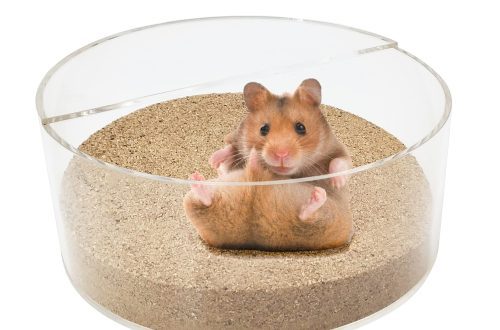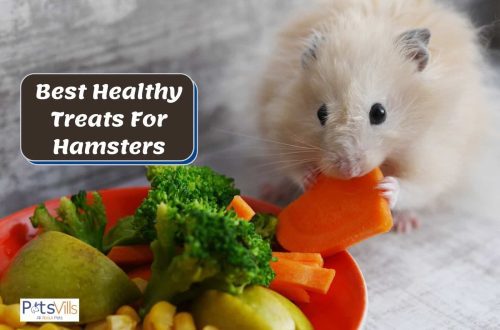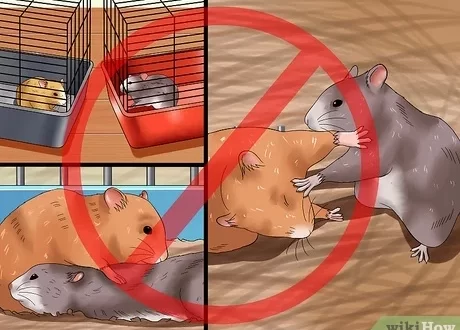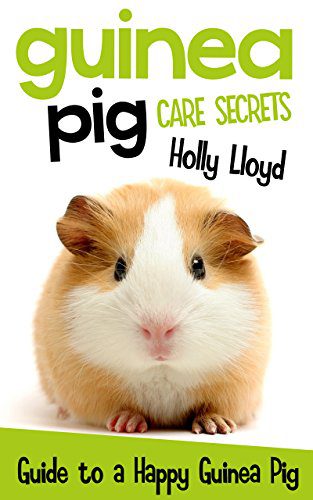
Guinea pig care
Guinea pigs are amazing animals with an almost doll-like appearance and good-natured temperament. There are more than 15 varieties of these rodents in the world. Pigs can be of a wide variety of colors, with short, long, straight or curly hair, and even almost completely without hair. Hairless gilts are more sensitive to the temperature in the room where they are kept. Pigs with long hair need regular brushing. Otherwise, care for all pigs is the same. We will talk about its main rules.
The cage should be spacious enough so that the guinea pig can run freely in it, stand on its hind legs and stretch to its full height. The optimal shape of the future home is rectangular.
Cage dimensions: 120x60x40h cm. The more pigs you have, the more spacious the cage should be.
The best cell material is metal: it is resistant to disinfectants and moisture. Wooden cages are eco-friendly and look cozy. But the tree absorbs moisture and quickly deteriorates, parasites easily start up in it. Cleaning a wooden cage is problematic: moisture, along with detergents, will be absorbed into the wood.
An aquarium or terrarium may seem like a good solution, as the litter will not fly out of them. But in such “houses” there is poor ventilation, it will not be possible to fix hammocks and other accessories on the walls, and besides, they are inconvenient to clean. But if you really like glass, you can take a closer look at the plexiglass cages. They have ventilation holes and convenient doors.
Mesh bottom cages are not suitable for guinea pigs. Rodents have sensitive paws. Walking on the mesh floor, the pig will experience severe discomfort.
The list of “mandatory” items for the cell includes:
drinker and feeder,
pig house,
bedding: corn litter or shavings,
mineral stone for grinding teeth,
tree branches.
Optionally, a variety of toys: a hammock, ladders, shelves, manholes..
It is better to install the cage in the bright part of the room, but not on the windowsill. Rodents are sensitive to direct sunlight and drafts. Incorrect selection of a place for a cage can greatly affect their health.
It is advisable to install the cage at the level of the chest or face: this way the pigs will be comfortable communicating with you, and it will be convenient for you to monitor the condition of the cage and carry out cleaning. The surface on which the cage will stand must be strong and stable.
Do not place the rodent house near heating appliances and sources of loud noise.
The optimum air temperature in the room where the pig is kept is 18-22 C, humidity – 40-70%.
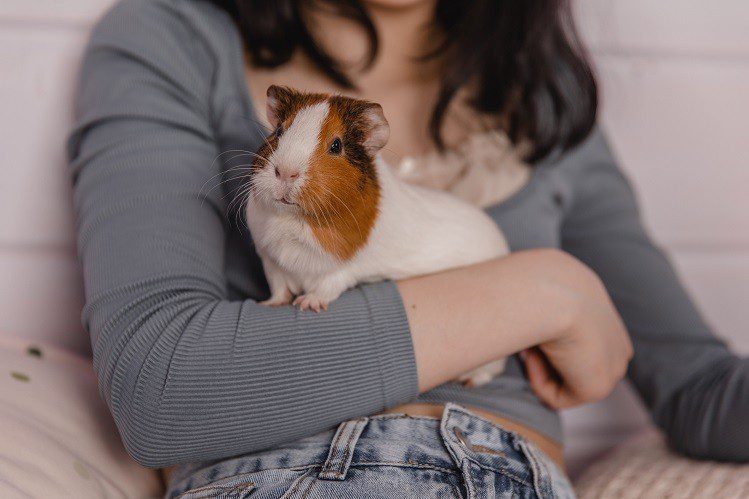
Every day, it will be necessary to remove the remnants of perishable food from the cage and replace the water in the drinking bowl with clean water. It is important to always keep the feeder and drinker clean, otherwise a favorable environment will be created in the cage for the reproduction of pathogenic microorganisms and the appearance of parasites. The bedding in the cage is replaced as needed, at least 2-3 times a week.
In addition to regular care, periodically you need to carry out general cleaning: clean both the cage and all inventory. As well as disinfection of the cell: this helps to cope with germs and parasites. Disinfection is sufficient once a month.
At the time of cleaning and disinfection, the pig should be placed in another cage or let out to run around the room if another family member constantly monitors it.
Guinea pigs are herbivorous rodents. The basis of their diet is roughage, fibrous feed, and not cereals. Guinea pigs need clean hay as their main food. Grain food for hamsters or, for example, ornamental rats will not work.
What does a balanced guinea pig diet consist of:
50-60% – hay. It should always be available to the animal, every day.
20-30% – balanced grain mix for rodents.
10-20% – herbs, vegetables and fruits.
10% – sticks and goodies.
Not all fruits, vegetables and plants are suitable for pigs, and delicacies from the table can cause irreparable harm to a pet’s health. Pigs have sensitive digestion. If the animal eats a harmful product, it can die in just seconds. We talked more about the features of the digestion of pigs and about their diet in the article “”.
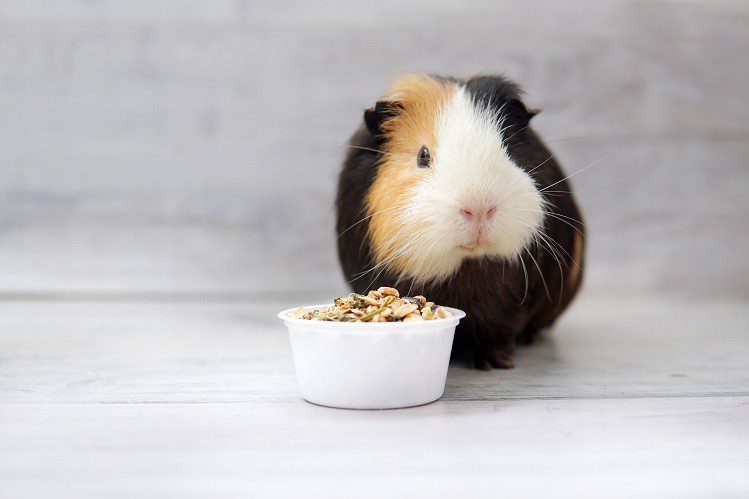
How to comb the coat thoroughly depends on the characteristics of the particular breed. Short-haired and rosette pigs need to be combed only 1-2 times a week. Longhairs need to be combed every day, first with a long-toothed comb, then with a soft brush.
To facilitate combing, you can lightly moisten the coat with water from a spray bottle. Felled wool that cannot be untangled is trimmed with sharp scissors.
Guinea pigs need to cut their nails from the age of one.
It is normal to shorten the claws 1-2 times a year.
This procedure is carried out with the help of a special small nail cutter and very carefully: only a small section of the claw is cut off so as not to touch the blood vessels. The cut must be made along the profile of the claw. If you doubt your abilities, the procedure should be entrusted to a veterinarian.
If the blood vessels are damaged, the claw will heal for a long time and painfully. The wound can lead to infection and blood poisoning. Just in case, always keep a special hemostatic powder in the first aid kit.
To grind teeth in a cage, you need to place a mineral stone. The guinea pig must have hay and twigs at all times. This, like a balanced diet, will allow your teeth to wear down.
Normally, the incisors of the upper jaw merge with the lower ones and do not grow on each other. If you notice something wrong with your guinea pig, visit your veterinarian. It will bring the pet’s oral cavity into a healthy look.
In advanced cases, due to overgrown incisors, the rodent cannot eat.
Small discharge in the ears and in the corners of the eyes is normal. They must be carefully removed. Use wipes with lotion to clean the eyes or ears of rodents. If there is no lotion at hand, just soak a napkin in boiled water.
Abundant and smelly discharge can be a symptom of an injury or illness. Contact your veterinarian.
They bathe rodents as needed if the pig is very dirty or if it needs to be polished before participating in the exhibition. When bathing, try not to wet the rodent’s head and be careful not to get the shampoo in the eyes, ears, nose and mouth of the pet.
It is better to wash the rodent in a shallow plastic bowl. The water level is up to 3-4 cm from the bottom. The water temperature should be no higher than 38 C.
Use only professional rodent shampoos. Products that are not intended for rodents can ruin the structure of their coat and harm the condition of the skin. After washing, dry the coat thoroughly with a towel and, if necessary, with a hairdryer. Make sure there are no drafts in the room.
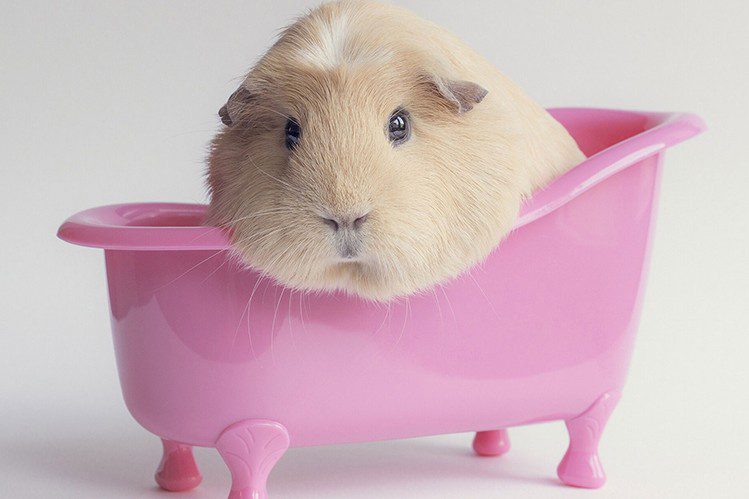
At these moments, the main care for the guinea pig is formed. But each individual type of mumps may require additional care. The breeder from whom you will purchase a rodent will definitely tell you about it.



